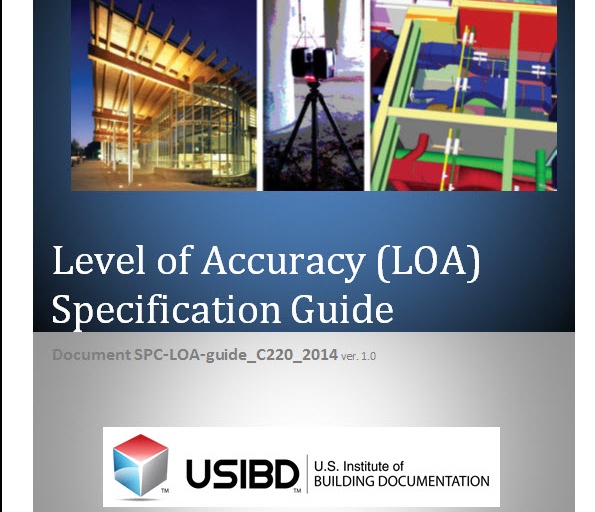The Architectural, Engineering, Construction and Owner (AECO) industry has long struggled with level of accuracy specifications when it comes to the documentation of existing building conditions. What is meant by accuracy? Is it relative or absolute? Is it related to intent? These are all things that, left undefined, can create problems in as-built deliverables.
Here are some problems that arise when accuracy remains undefined:
- Since it is a common practice in the design industry to represent building data in an orthogonal fashion, and real-world existing conditions are seldom orthogonal, it is unclear how to represent the real world’s out-of-plumb conditions. Are they to be represented orthogonally or true to their out-of-plumb reality? To complicate matters further, many of today’s design software packages work best in an orthogonal fashion. When real world conditions are represented in an orthogonal fashion, error is introduced. When error is introduced, and a specification calls for documentation to meet a specific level of accuracy, how should this be reconciled?
- When performing documentation, it is not uncommon to encounter hidden or concealed conditions, which make it difficult or impossible to document certain Levels of Development or achieve certain Levels of Accuracy. When these conditions occur, what can actually be achieved with regard to meeting the required accuracies?
- The level of accuracy that is acquired through data capture may be different than the level of accuracy after the captured data is processed.
To avoid these problems and problems like them, the U.S. Institute of Building Documentation is releasing the first version of its Level of Accuracy (LOA) Specification. This version 1.0 Level of Accuracy (LOA) Specification is a reference or guideline that enables Professionals in the Architectural, Engineering, Construction, Owner (AECO) Industry to specify and articulate, with a high level of clarity, the accuracy and means by which to represent and document existing conditions.
The intent of the specification is to provide a framework and standardize its use so that those employing it will achieve the accuracy results they require and so that building documentation Professionals will have a well-defined specification to bid to.
A clearly defined LOA will assist professionals in indicating their documentation’s intended use, and will allow downstream users to better understand the usability and the limitations of the documentation they are receiving.
You can download a copy of the USIBD’s LOA Specification for free for a limited time at the USIBD’s website. There are more enhancements to the LOA Specification planned for the next version. The USIBD’s LOA sub-committee is actively looking for volunteers to help further develop this document. If you would like to be a part of helping to advance this document please contact me at [email protected]






